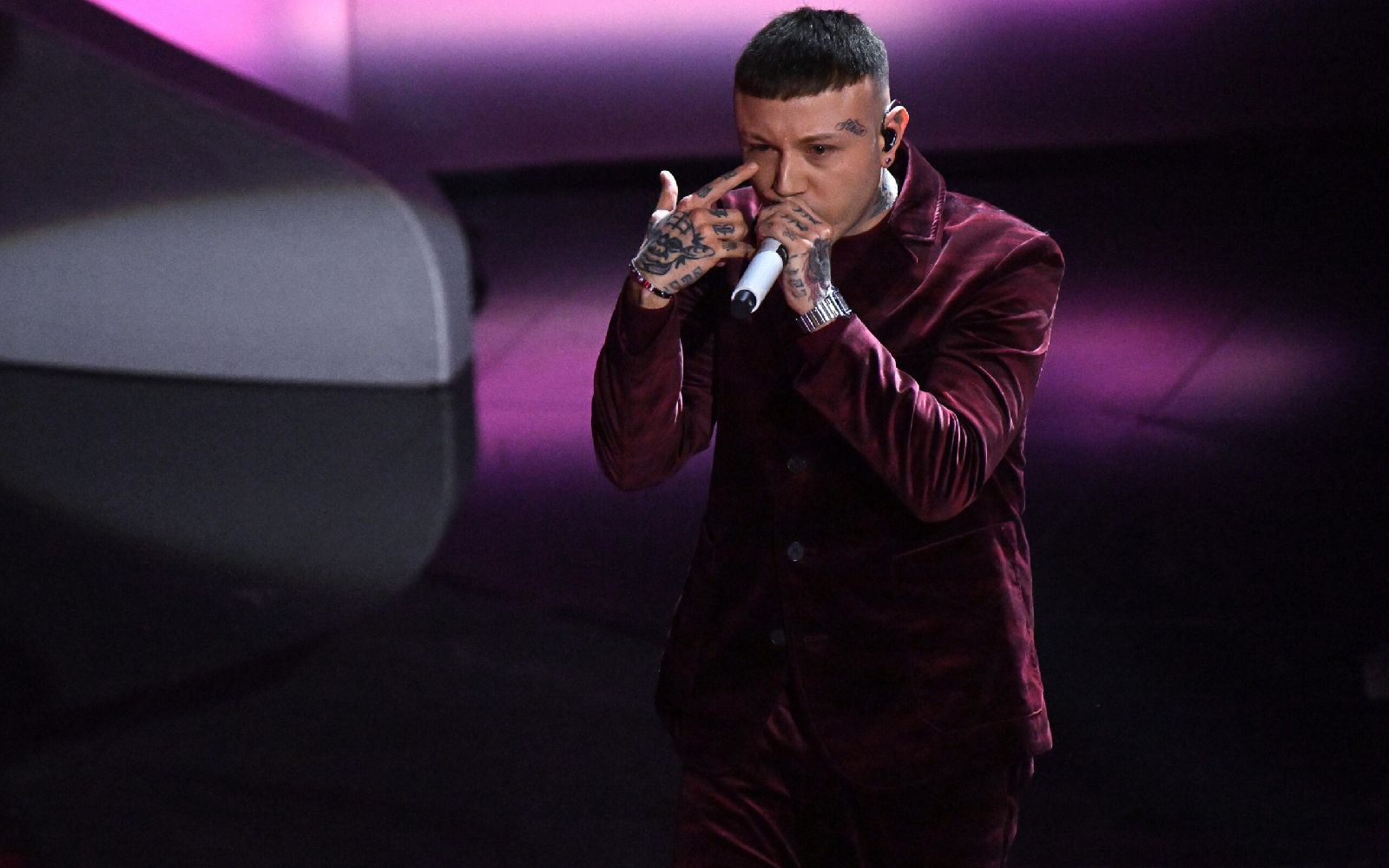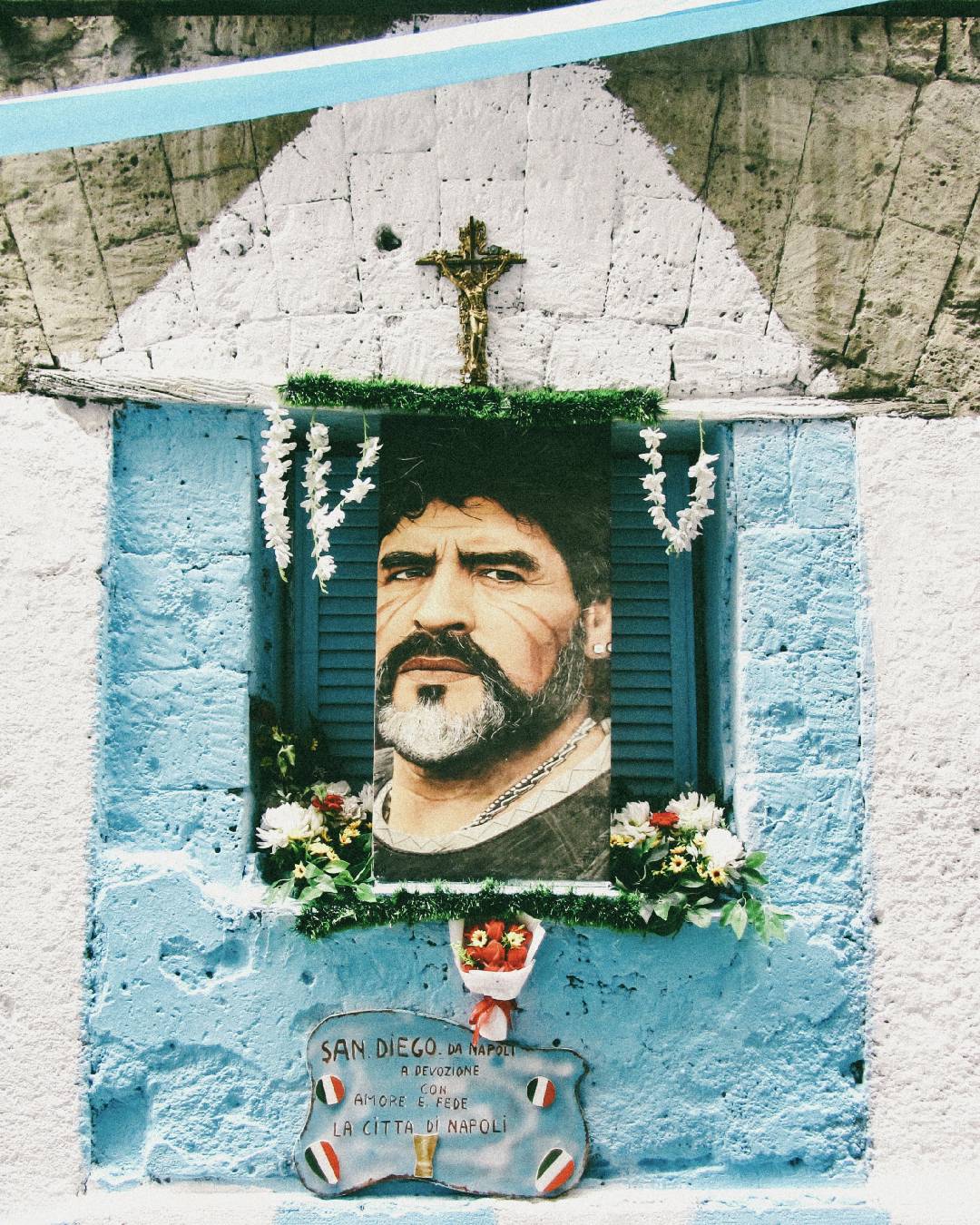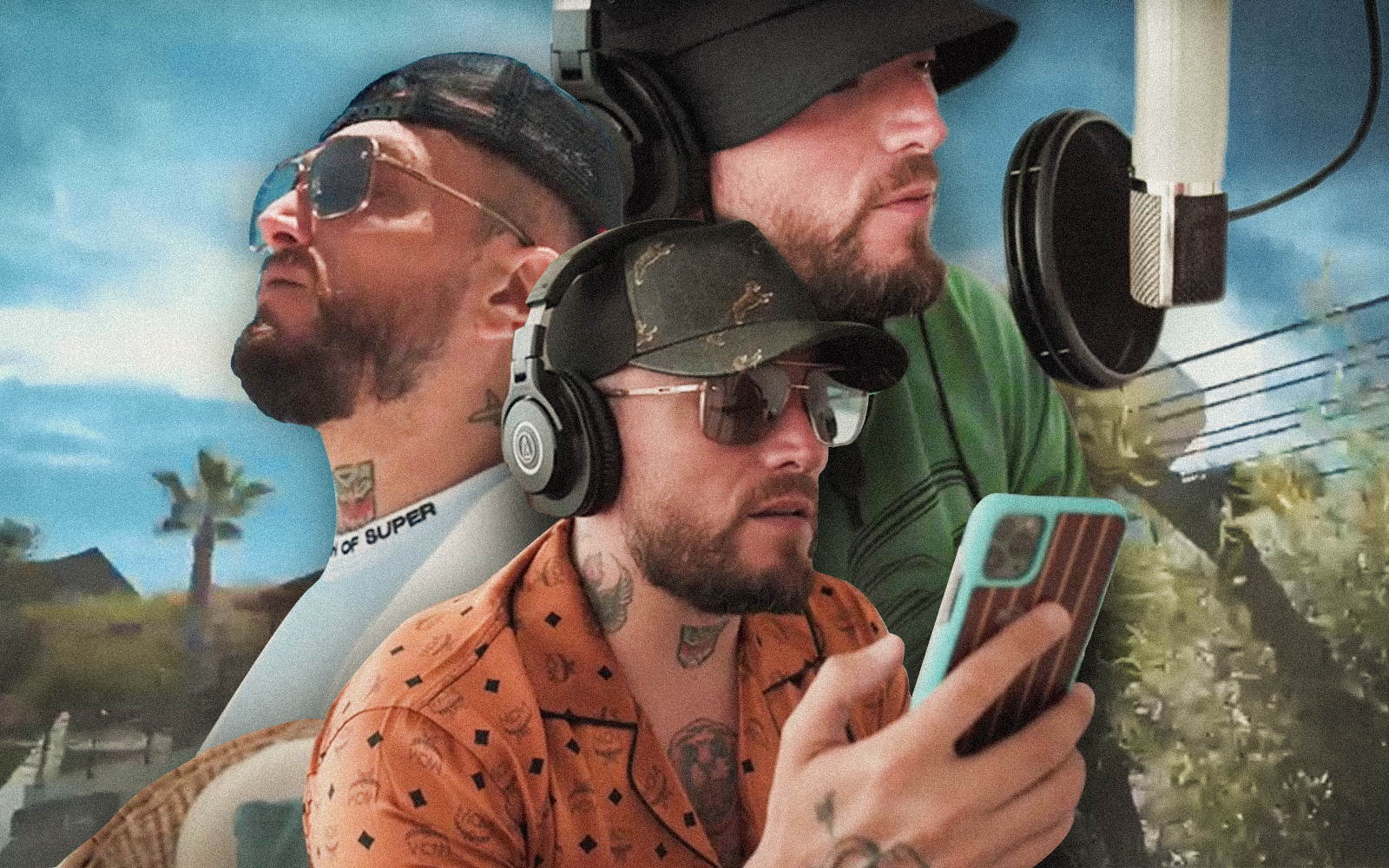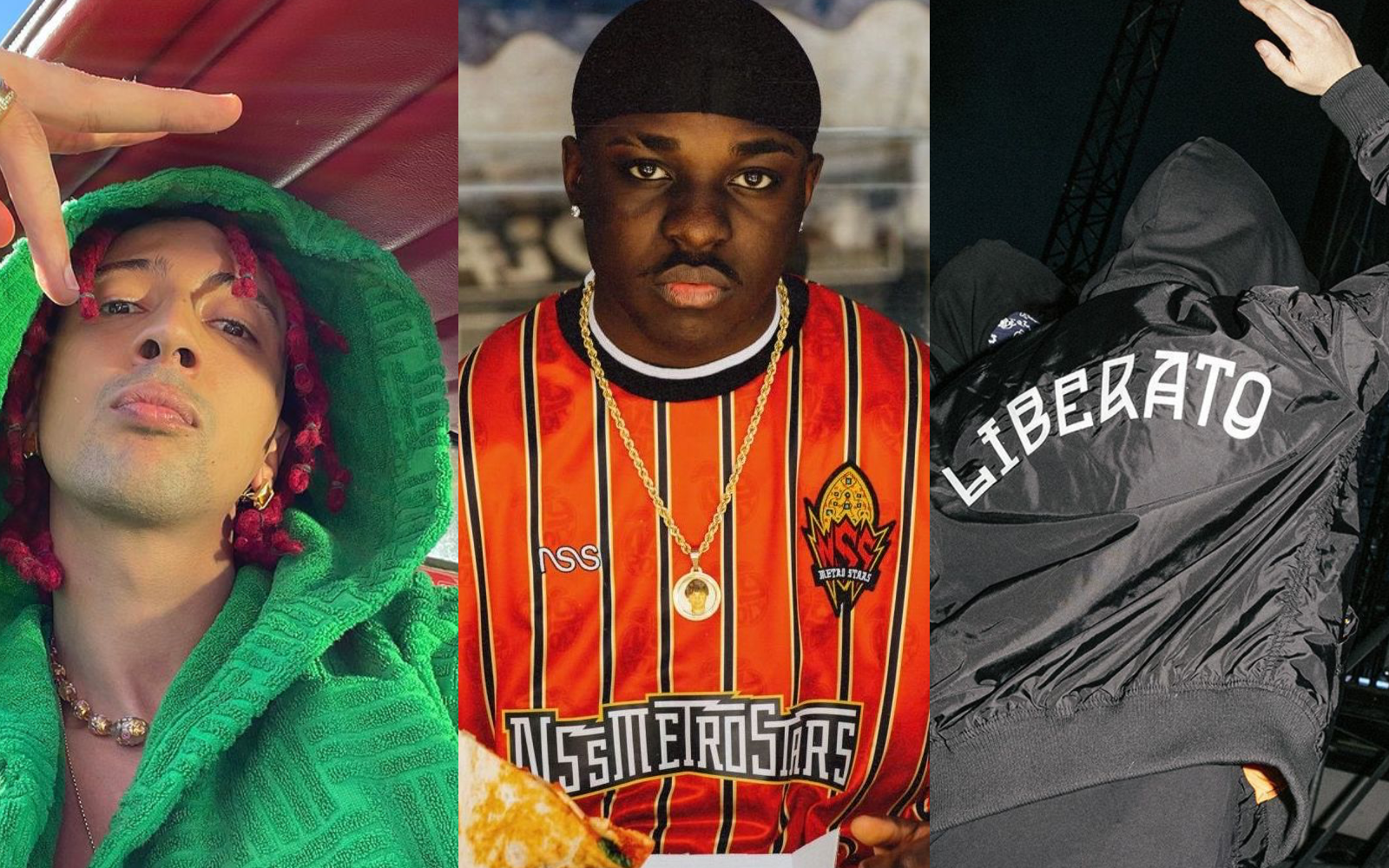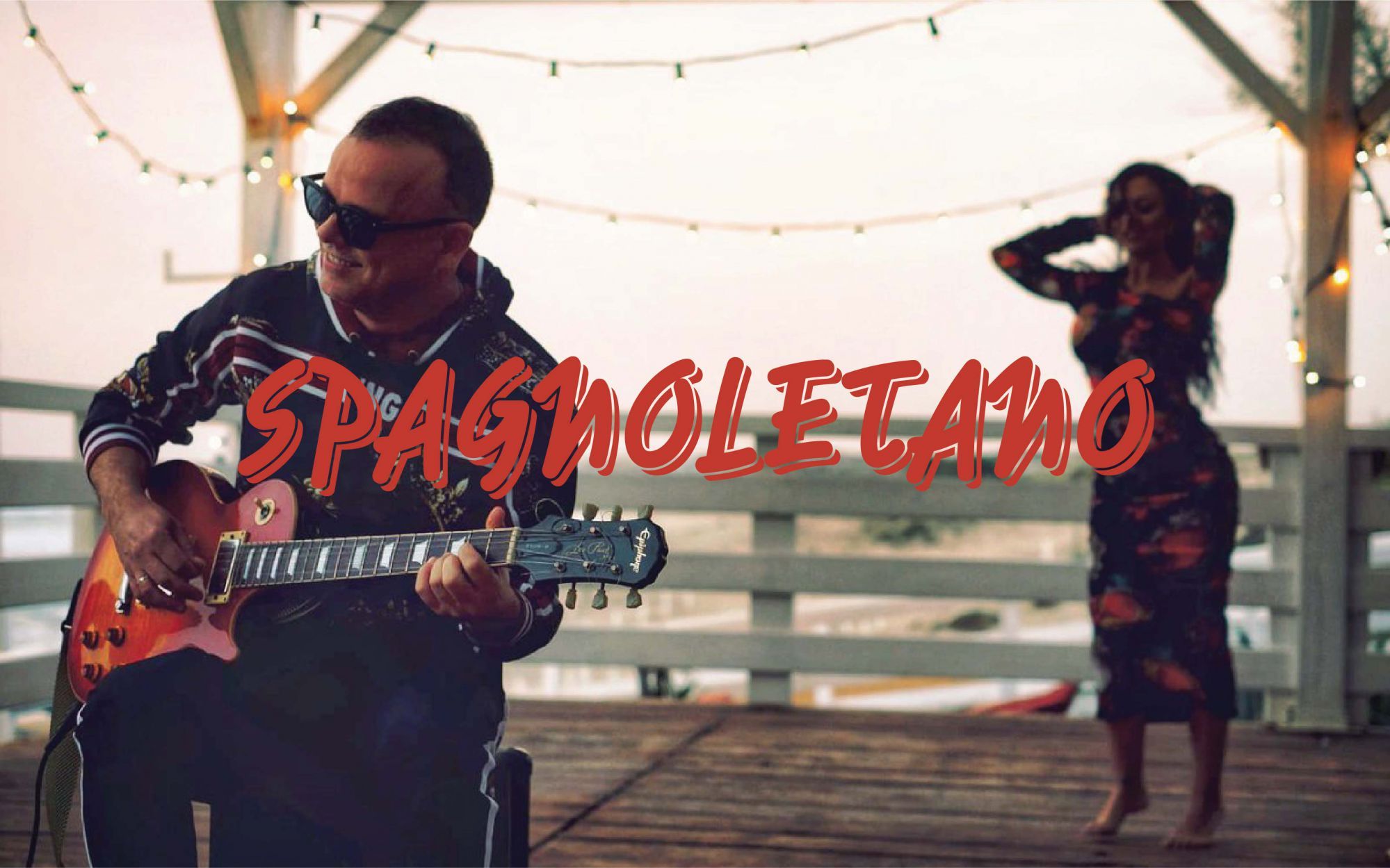
Is the "Spagnoletano" coming? From Gigi D'Alessio to LIBERATO, Neapolitan music is giving birth to a new language
It is 2001 when Gigi D’Alessio, releasing one of his most famous album “Il cammino dell’età”, includes in it “Mon Amour”. This latter is a really commercial track, that smells like summer also thanks to its lyrics. To be honest, because of the “language” those lyrics are written. In fact, after the song of the previous year “Como suena el corazon”, D’Alessio mixes again Spanish and Italian - a really particular kind of Italian, with Neapolitan patois. This is probably the first example of commercial usage of “spagnoletano”, the word that could be used to identify the mix between the two languages.
You won’t find a proper definition of spagnoletano, because it doesn’t exist. It’s easier to try to find some similarities with something we know better: spagnoletano in fact, could be related to “Spanglish”, defined by Oxford Dictionary as «A hybrid language combining words and idioms from both Spanish and English» and that was theorized by John Lipski in 2007 in “Spanish, English, or Spanglish? Truth and consequences of U.S. Latino bilingualism”.
The evolution, diffusion, and acceptance of Spanglish went hand in hand with the explosion of Latin Pop and contamination of Latino music with the USA one. From the 80s to 2000s the presence of Spanglish song in Billboard 100 rose drastically. In 2017, with “Despacito” o “Mi Gente” we saw the ultimate invasion of spanglish, that became suddenly the best ally of the Latin trap. But Spanglish conquered also rap, and not only its commercial side. “Go Loko” for example, is a song by YG made with Tyga and the Puerto Rican rapper Jon Z.
However there is a substantial difference between Spanglish and Spagnoletano: while the first one was so invasive in American culture to generate even some new words, Spagnoletano is not to that point, at least, not yet. This is due to the way the two “things” happened. If Spanglish was born from the meeting of two different culture, the latina and the American, Spagnoletano was built from history and colonialism. Over the years, there was, in fact, a strong presence of Spanish reigns in Naples, that also give the name, Quartieri Spangoli, to one of the most famous Neapolitan neighbors. But the Spanish influence in Naples was also strong in the made of Neapolitan patois: in “Ispanismi del dialetto napoletano” by Giovanna Ricci e Marcello Marinucci, the two authors map down the linguistic link between the two languages, helping define the first shapes of “Spagnoletano”. Ammuina (from amohinar), or ‘ncarrare (from agarra) or buffettone (from bofeton), are examples of “ancestral” spagnoletano patois.
But it’s in music that Spagnoletano, as Spanglish before, can find its true nature. After the “impure” attempts by Gigi D’Alessio, in 2010 the two languages mixes together in “Nun’ me parla’ ‘e strad’” from Co’Sang. With the featuring of Marracash there is also El Koyote, Dominican rapper who raps in Spanish, making de facto the song “Spangoletana”. We then need some more time to hear something similar again.
In the summer of 2018, the young Neapolitan rapper Bl4ir release a Neapolitan remix of “Te Botè” one of the major hit by the Latin trap. The idea of Bl4ir is simple and clean: rapping in Neapolitan (and a bit of Italian) on a reggaeton beat. If there is a must-have in “Spagnoletano” song is the presence of sounds linkable to the Latino musical heritage. The output by Bl4ir is, at least commercially, a big hit. So big that Bl4ir double the project the next year with the remix “Tu Olor”, the Ozuna song. But the evolution of real Spagnoletano needs some songs with code-switching in the same song or even verse.
It’s the case of “Como Te”, the song by the Neapolitan rapper Geolier featuring Emis Killa, with the production of Dat Boi Dee. Geolier was one of the boss of Neapolitan rap in 2018, after the incredible success of “P’ Secondiglian” and “Mercedes”, who made big numbers on Youtube even if rapped only in Neapolitan. In “Como Te”, Geolier is able to use Spanish and Neapolitan as the same language: «Escuchame como te llama / un’altra a casa che mi chiama / piglieme ‘e sord’ a int’ a l’armadio». There is a common connotation of Spagnoletano, and it is love. And it’s speaking about love that Ivan Granatino, together with Bl4ir, release “Me Llama”: «Chius’ rint’ a machin’ a vint’ a ‘llor, tutt’ a nuttat’ / Io non ho mai capito / Poque esta me llama papito». It seems that Spagnoletano could represent a way to put Neapolitan music and dialect in the market, a profitable and commercial market.
This is - even if in a different musical context, and this a superior degree of complexity - the same of operation made by LIBERATO in one of the songs by “CAPRI RDV”: “OI MARì”. «’Sta canzon’ è solo una mentira / Ya me muero vivir sin ti / Mi corazon m’e luat’ ‘o suspir’ / miez’ a vie can’t Oi Marì». This phrase represent the final elaboration, the completeness of Spagnolatano, something really similar to Spanglish. Talking about completeness: in May 2019, Gigi D’Alessio released “Quanto amore si da’”, a song with Gué Pequeno, in which D’Alessio brings back the Spagnoletano in the most classical and sentimental way: «Il tu cuerpo y mi cuerpo se unirán en un abrazo, e s' azzeccn 'e cor' e cu l’acqua salat' te vas'», he sings, certifying - being an “originator” of the genre - the perfect moment for the “new language”.
A moment that has spread also on mainstream media: during the semifinal of The Voice - the musical talent aired on Rai 2 - Francesco Da Vinci (the son of the iconic Neapolitan singer Sal Da Vinci) made a cover of “Vaina Loca” by Ozuna, mixing together parts of the original song with some new Neapolitan lyrics.
The musical diffusion of Spagnoletano is to be tested and proved. It is not easy to say and guess if the “genre” could find itself a niche in the musical market or some kind of commercial dignity. By now, we can underline the intuition by few Neapolitan artists, that could be grouped in the “Spagnoletano” wave. It’s not for sure that this had to be the name, or even that had to exist something that mixes together Neapolitan and Spanish. But if you even would listen to something similar from now on, please note.









































